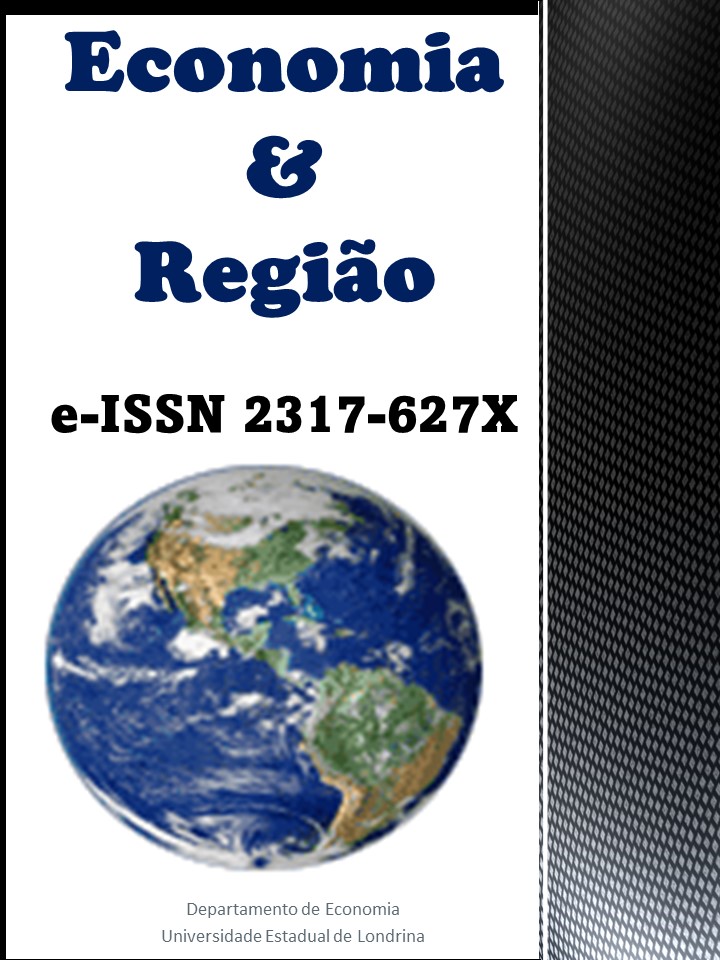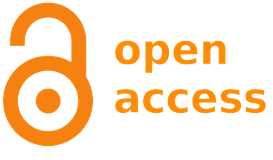Students of public higher education, poverty and labor market in Brazil
DOI:
https://doi.org/10.5433/2317-627X.2023.v11.n2.47222Keywords:
poverty, higher education, labor marketAbstract
The aim of this article is to analyze the insertion of students in poverty in the public higher education network and their repercussion in the labor market in Brazil. For this purpose, we perform the descriptive analysis of the data and apply the Logit model of probabilities, based on the data from the Continuous PNAD 2019. We stated that students from the public higher education network are younger people, non-white, live in less developed regions and relatively poorer compared to the private network. Controlling the characteristics of students, being a woman, having children under 13 years of age and living in more developed regions, reduce the chances of attending the public university, but being poor increases this possibility. Studying in the higher public network decreases the probability of student participation and occupation in the labor market. These elements lead to the relevance of public higher education for socioeconomically weaker students and for postponement of entry into the labor market, which can enable educational and social mobility in Brazil.
Downloads
References
BALASSIANO, M.; SEABRA, A. A.; LEMOS, A. H. Escolaridade, salários e empregabilidade: tem razão a teoria do capital humano? Revista de Administração Contemporânea, Maringá, v. 9, n. 4, p. 31-52, out/dez, 2005.
BERGMANN, A.; RIBEIRO, F.; NIQUITO, T.; TEIXEIRA, G. O efeito da expansão dos institutos e das universidades federais sobre o mercado de trabalho. Análise Econômica, Porto Alegre, v. 38, n. 77, p. 259-296, set, 2020.
BLOM, A.; HOLM-NIELSEN, L.; VERNER, D. Education, earnings, and inequality in Brazil: 1982-1998: implications for education policy. Washington: The World Bank, 2001.
CASTRO, C. R. M.; TANNURI-PIANTO, M. E. Educação superior pública no Brasil: custos, benefícios e efeitos distributivos. Nova Economia, v. 29, n. 2, p. 623-649, 2019.
CEPAL. Comissão Econômica para a América Latina e o Caribe. Panorama Social da América Latina, 2019. Resumo executivo. Santiago, 2020.
DIAS, J.; DIAS, M. H.; LIMA, F. Os efeitos da política educacional no crescimento econômico: teoria e estimativas dinâmicas em painel de dados. Revista de Economia Política, v. 29, n. 3, p. 232-251, jul/set, 2009.
FERNANDES, M. G. S. Educação superior no Brasil: efeitos sobre as desigualdades de renda e o crescimento econômico de longo prazo. 2017. Dissertação de Mestrado (Pós-graduação em Economia) - Universidade Federal do Rio Grande do Norte, Natal, 2017.
INEP. INSTITUTO NACIONAL DE ESTUDOS E PESQUISAS EDUCACIONAIS ANÍSIO TEIXEIRA. Censo da educação superior no Brasil: principais resultados. Brasília, 2020a.
INEP. INSTITUTO NACIONAL DE ESTUDOS E PESQUISAS EDUCACIONAIS ANÍSIO TEIXEIRA. Sinopse Estatística da Educação Superior 2019. Brasília, 2020b.
KAGEYAMA, A; HOFFMANN, R. Pobreza no Brasil: uma perspectiva multidimensional. Economia e Sociedade, v. 15, n. 1, p. 79-112, 2006.
LANGONI, C. G. Distribuição da renda e desenvolvimento econômico do Brasil: uma reafirmação. Ensaios Econômicos da EPGE, n. 8, 1973.
MANACORDA, M; SANCHEZ-PARAMO, C.; SCHADY, N. Changes in returns to education in Latin America: the role of demand and supply of skills. Industrial and Labor Relations Review, v. 63, n. 2, p. 307-326, 2010.
MEDEIROS, M; BARBOSA, R.; CARVALHAES, F. Educational expansion, inequality and poverty reduction in Brazil: A simulation study. Research in Social Stratification and Mobility, v. 66, 2020.
MELO, S. L.; BORGES, L.O. A transição da Universidade ao mercado de trabalho na ótica do jovem. Psicologia, ciência e profissão, v., n.3, p. 376-395, 2007.
MOREIRA, G. O.; FERRARESI, F. H.; CARVALHO, E. M.; AMARAL, E. Inclusão social e ações afirmativas no ensino superior no Brasil: para quê? Revista Ensino Superior Unicamp, ago 2017. Disponível em: https://www.revistaensinosuperior.gr.unicamp.br/artigos/inclusao-social-e-acoes-afirmativas-no-ensino-superior-no-brasil-para-queij. Acesso em: 17/10/2021.
OECD. ORGANISATION FOR ECONOMIC CO-OPERATION AND DEVELOPMENT. Education at a glance 2020. Country Note: Brazil, 2020.
OLIVEIRA, R. C.; SILVEIRA NETO, R. M. Expansão da escolaridade e redução da desigualdade regional de renda no Brasil entre 1995 e 2011: progressos recentes e desafios presentes. Pesquisa e Planejamento Econômico, Rio de Janeiro, v. 46, n. 1, p. 41-65, 2016.
PINDYCK, R. S.; RUBINFELD, D. L. Econometria. Rio de Janeiro: Elsevier, 2004.
REIS, M.; MACHADO, D. Uma análise dos rendimentos do trabalho entre indivíduos com ensino superior no Brasil. Economia Aplicada, Ribeirão Preto, v. 20, n. 4, p. 415-437, 2016.
ROCHA, R.; MENEZES FILHO, N.; OLIVEIRA, A.; KOMATSU, B. A relação entre o ensino superior público e privado e a renda e emprego nos municípios brasileiros. Pesquisa e Planejamento Econômico, Rio de Janeiro, v. 47, n. 3, p. 39-69, 2017.
TRINDADE, H. Educação, luta de classes e políticas educacionais no contexto da contrarreforma: notas sobre a UERN. Serviço Social em Revista, Londrina, v. 16, n. 2, p. 228-248, 2014.
VERNER, D. Wage Determination in Northeast Brazil. Washington, DC: World Bank, 2005.
Downloads
Published
How to Cite
Issue
Section
License
Copyright (c) 2023 Economia & Região

This work is licensed under a Creative Commons Attribution 4.0 International License.
Economia & Região adota a Licença Creative Commons Attribution CC-BY 4.0 International, portanto, os direitos autorais relativos aos artigos publicados são do(s) autor(es), que cedem à Revista Economia & Região o direito de exclusividade de primeira publicação.
Sob essa licença é possível: Compartilhar - copiar e redistribuir o material em qualquer suporte ou formato. Adaptar - remixar, transformar, e criar a partir do material, atribuindo o devido crédito e prover um link para a licença e indicar se mudanças foram feitas.




















